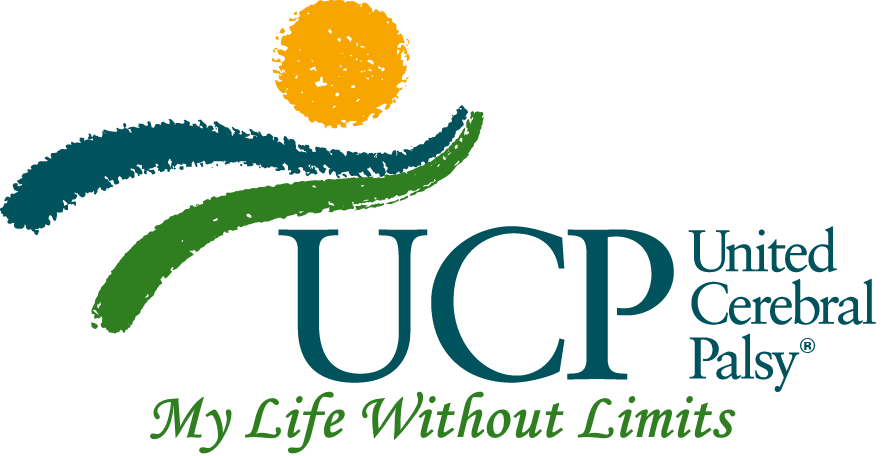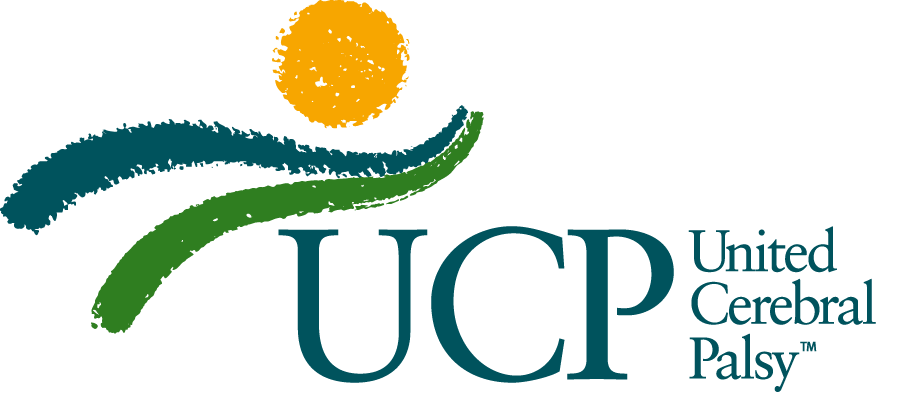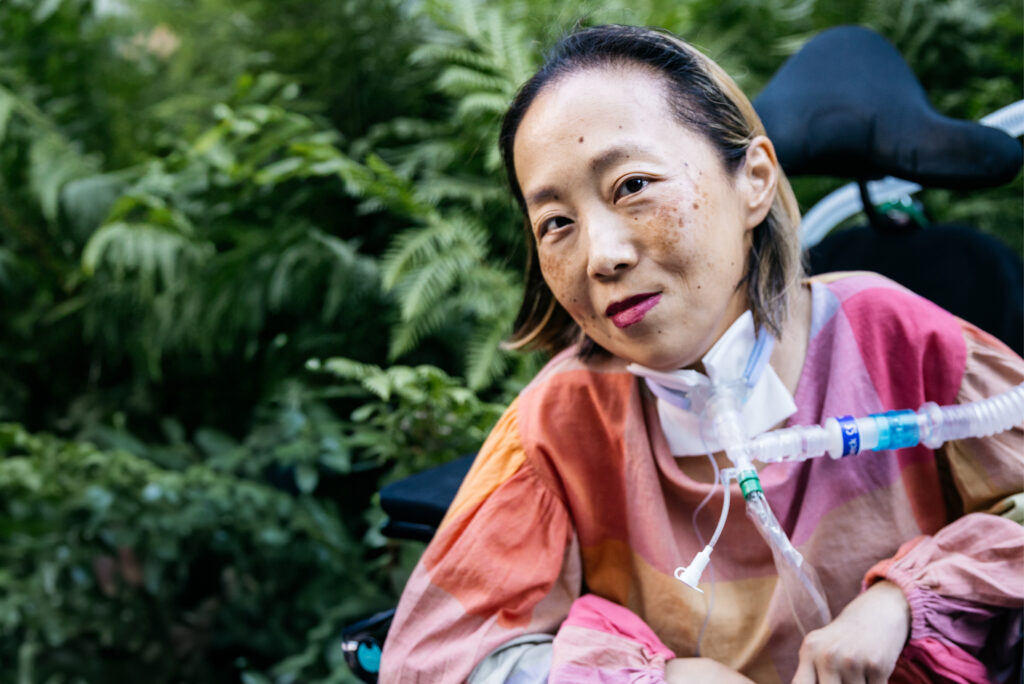By Stephen A. Dantzig, Psy. D., Education and Outreach Program Manager, United Cerebral Palsy Association of Hawai’i

Weight concerns are a significant public health issue in the United States. The Centers for Disease Control and Prevention reports that from 2017-2020, 41.9% of adults were living with obesity, and 9.2% with severe obesity. That’s well over 100 million Americans affected.
Because obesity is so common, much of the conversation around weight focuses on losing body fat. But not all weight loss is healthy — and not all weight loss comes from fat. One condition of concern, especially as people age, is sarcopenia.
What is Sarcopenia?
Sarcopenia is the progressive loss of muscle mass and strength. It is typically diagnosed when at least two of the following are present:
- Low muscle mass
- Low muscle strength
- Low physical performance
Sarcopenia is often associated with aging and becomes more common starting around age 60. It can make daily activities harder — walking, climbing stairs, lifting objects — and it raises the risk of falls and fractures.
The Added Complexity of Cerebral Palsy
Now, consider how this plays out in people with cerebral palsy (CP), who already face unique mobility and muscle challenges. Both obesity and underweight concerns are common — and surprisingly, they can sometimes happen for the same reason.
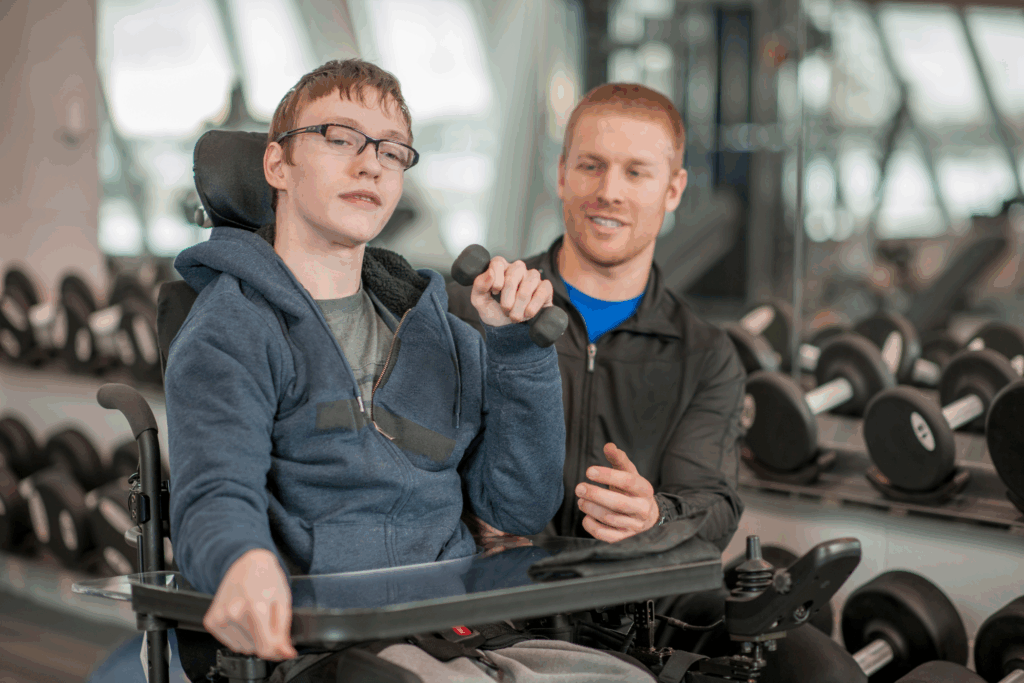
Body Mass Index (BMI) is commonly used to measure obesity, but it doesn’t work well for adults with CP. Why?
- Differences in muscle mass
- Altered body shape and posture
- Varying levels of mobility
- Long-term lifestyle impacts
A person with CP may have a normal BMI but still have unhealthy levels of body fat, particularly around the waist.
This type of belly fat — known as android fat — increases cardiovascular disease risk. Mobility limitations can contribute to a sedentary lifestyle, which in turn fuels the accumulation of abdominal fat … even when the number on the scale seems healthy.
Can People with Cerebral Palsy Have Muscle Loss and Higher Body Fat?
Interestingly, the same sedentary lifestyle that may lead to increased belly fat could also lead to muscle loss due to the atrophy of muscles that go unused due to lack of physical activity. Therefore, yes, muscle loss and increased belly fat could exist at the same time.
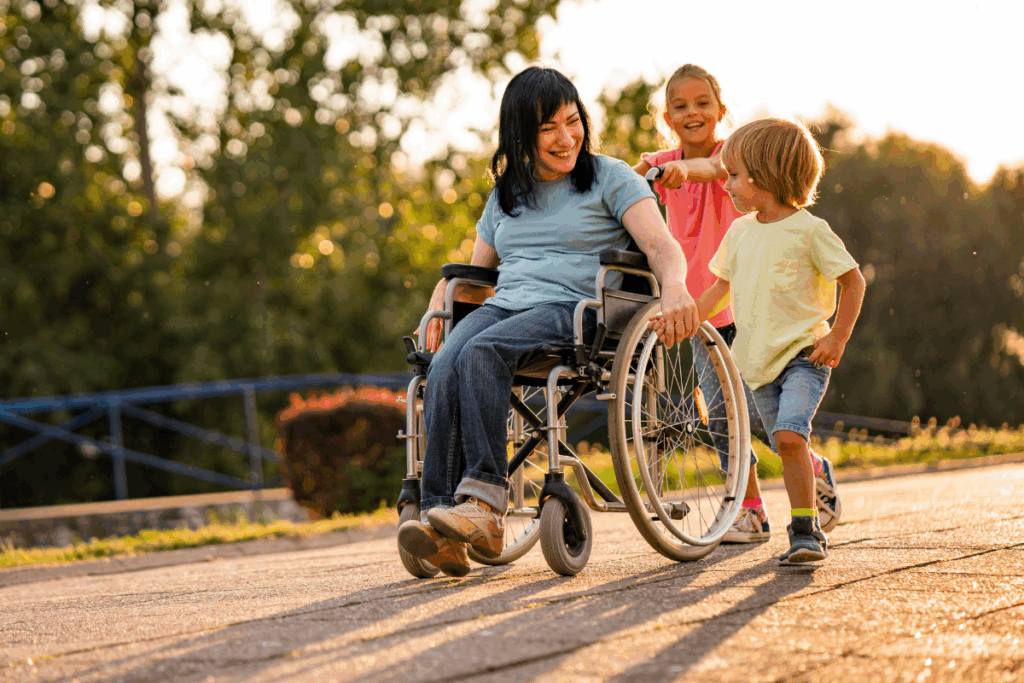
In contrast, many people with cerebral palsy (me included) experience unwanted weight loss without excessive belly fat. One reasonable explanation for the weight loss is simply muscle loss. Sarcopenia has been described as a natural consequence of aging. However, premature aging is one of the hallmarks of cerebral palsy, and studies indicate that the evidence of lower muscle growth was apparent even in pre-school-aged children.
In addition, there are differences in the make-up of muscles in people with cerebral palsy versus people who show typical development. The best I understand it is that there is less of the muscle available to growth than other parts, such as the part of the muscle that attaches to bone.
Other Factors Affecting Weight in Cerebral Palsy
Weight gain or loss at its simplest is an equation of calories consumed versus calories burned during the day. If you eat more calories than you burn, then you gain weight; eat less calories than you burn then you lose weight.
In a previous blog, I explained that people with cerebral palsy can expend three to five times the energy doing everyday activities than someone without cerebral palsy. It seems logical to think that the extra energy spent burns more calories, leading to weight loss. However, experts report that oral motor difficulties played a larger role in malnutrition in people with severe cerebral palsy.
I was discussing this topic with my colleague, Brian Kajiyama. He presented a fascinating possibility that yielded little to no results in an internet search: Could the increase in athetoid (involuntary) muscle movements contribute to extra burning of calories and therefore weight loss? It sounds like a ripe area for important research!
What You Can Do

Because weight and body composition in CP are complex, it’s important to work closely with medical professionals who understand the unique nutritional, feeding, mobility, and aging-related challenges associated with cerebral palsy. Your care team can help monitor strength, muscle mass, and physical performance to screen for sarcopenia, while also using more accurate methods than BMI alone to assess body composition.
They can recommend safe and appropriate physical activities to support muscle health and tailor nutrition plans to ensure you are getting enough calories and nutrients to maintain strength and overall wellness.
About the Author
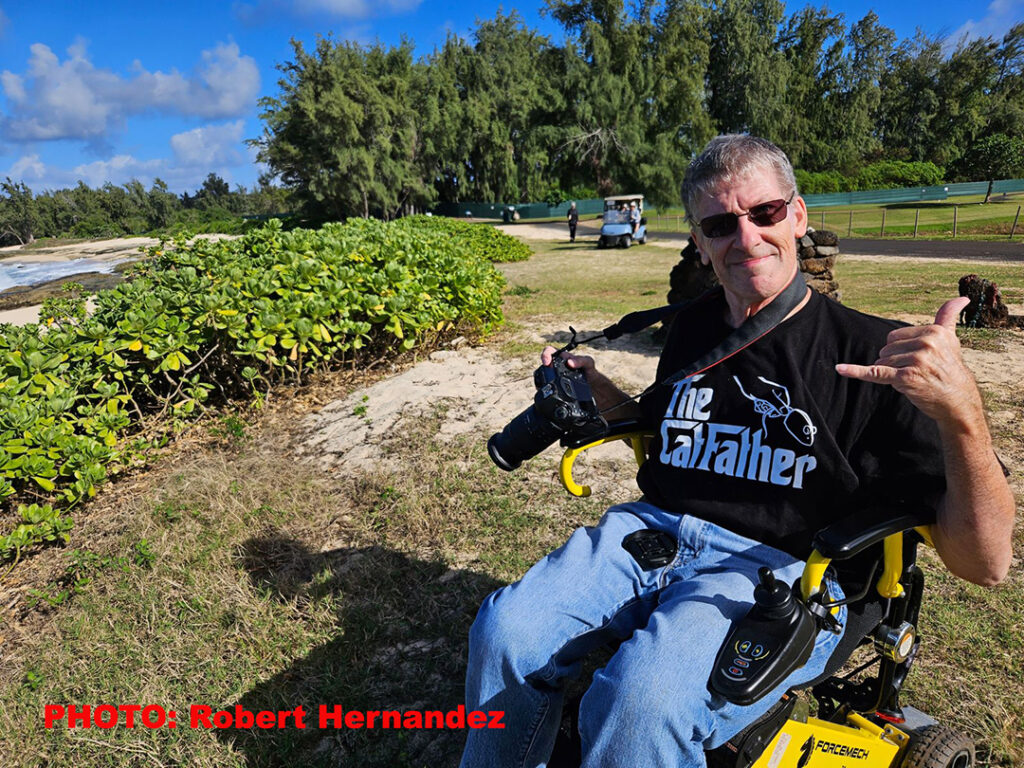
Dr. Stephen Dantzig earned his Doctor of Psychology degree from the Rutgers University Graduate School of Applied and Professional Psychology in 1991. His dissertation studied the development of higher cognitive functioning of children with cerebral palsy and spina bifida. He was a school psychologist for 38 years, serving New York, New Jersey, California, and Hawai’i, and is now the Education and Outreach Program Manager at the United Cerebral Palsy Association of Hawai’i. His autobiography was Get Up, Your Bus Is Here: Living MY Life with Cerebral Palsy: Trials, Tribulations and Triumphs. Read more about Stephen here.
Ongoing Research: Help Us Make a Difference Beyond this blog, United Cerebral Palsy Association of Hawai’i is working on a research study about aging with cerebral palsy. If you are an adult with cerebral palsy — or care for one — we invite you to share your experiences in their survey. Your input will help shape more compassionate care, policies, and support systems for adults with cerebral palsy. Take the survey here.
